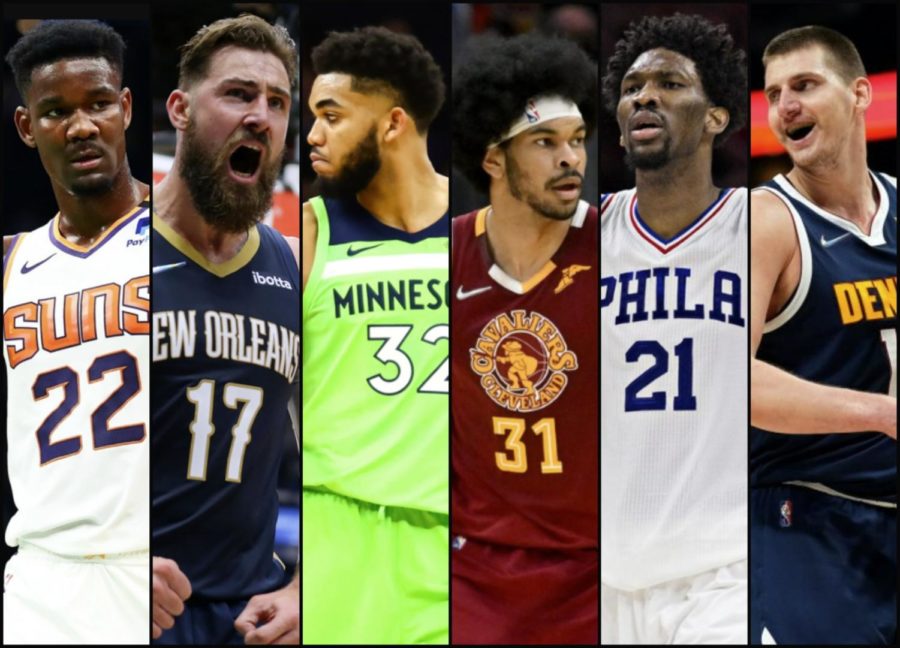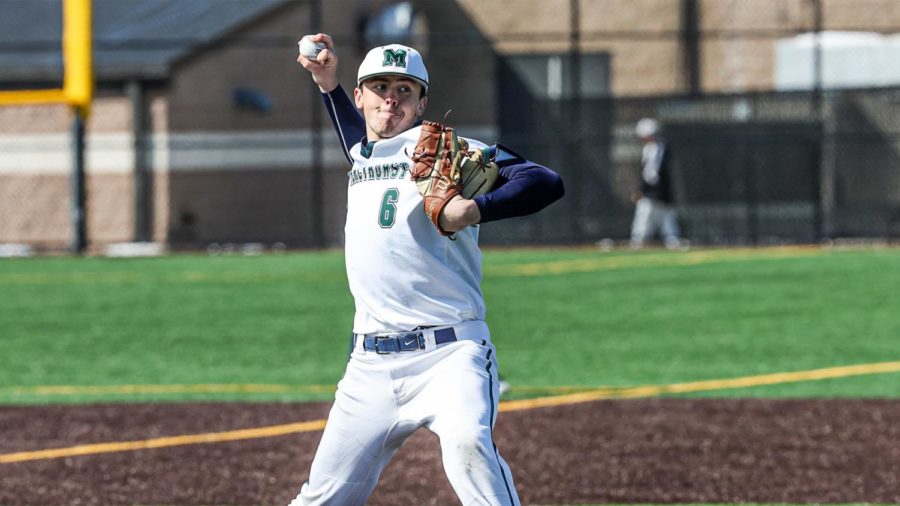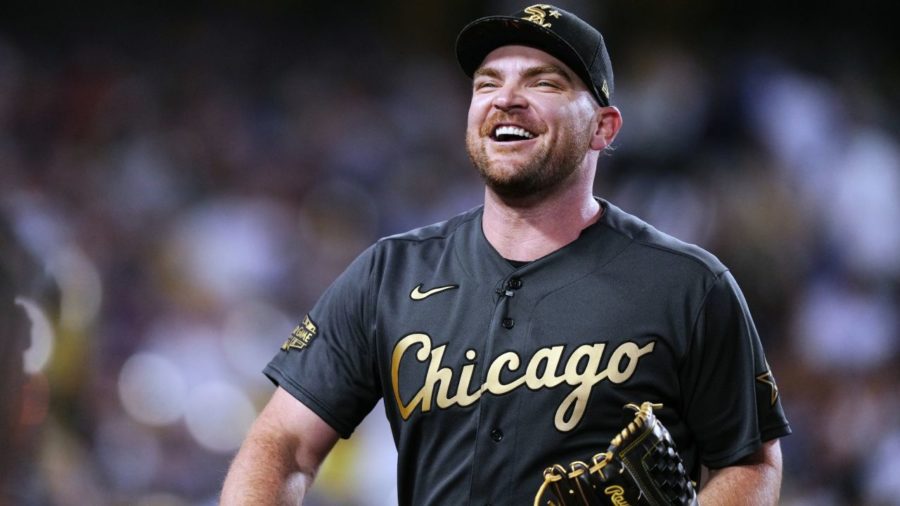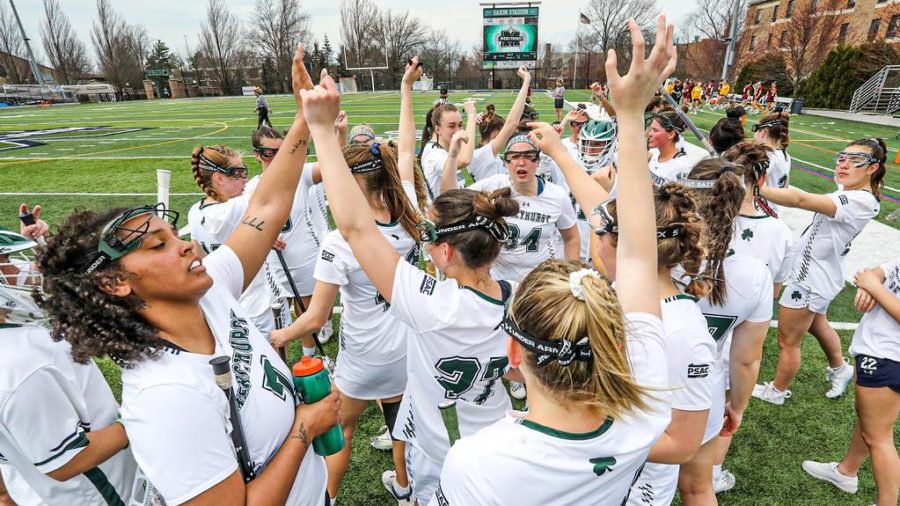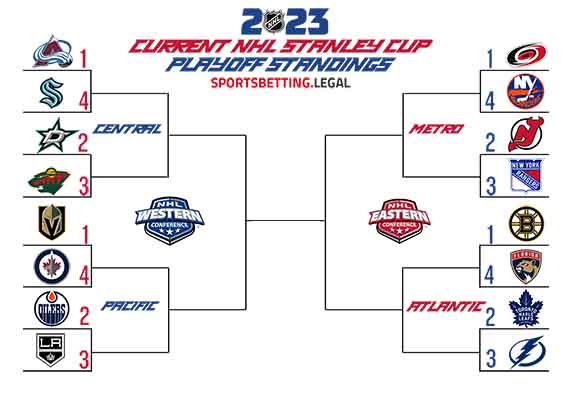The Pittsburgh Penguins have been riding high in the past three seasons, but we must not forget the terrible depths that the Penguins were at just seven years ago. This article is a remembrance of the 2003-04 Pittsburgh Penguins. Though the Pens might have their struggles this season, and quite a few last season, nothing in our lifetimes was worse than that 2003-04 season.
Ed Olczyk was coaching for his first season, coming down from the broadcast booth to replace terrible Penguins coach Rick Kehoe. Edzo, as he was nicknamed, would be no less laughable, leading the Penguins to a 23-47-8-4 (wins-losses-ties-overtime losses. Yes, ties. Remember them?) record for 58 points, last in the league.
The team was laughable. No player was higher than even in plus/minus, with Rico Fata the lowest, at an unheard of -46. The team was exceptionally poor, with Fleury on a tenuous incentive-based contract where it was financially advantageous if he did poorly. The team did not print playoff tickets to save money, because they assumed they would never need them. That is truly a depressed, terrible team.
I cannot stress to you how unbelievably bad this team was.
Dick Tarnstrom would lead the team in points with a miserably pathetic 52 (16 goals – 36 assists). He was a defenseman who organized the powerplay as best as the last team in the league could do. Tarnstrom could sometimes be mistaken as a bright point on this otherwise dismal team, but it was merely the best of a terrible situation. Tarnstrom would go to the Oilers, and the Penguins’ number one defenseman couldn’t crack the top six in Edmonton during their cup run in 2006.
I should probably point out, for the two people who realize this, that Mario Lemieux DID play for this team. He was injured in the tenth game of the season, a torn hip flexor that would keep him out until his brief stint with Sidney Crosby following the lockout. It’s a shame, really, Lemieux had one goal and nine assists in those ten games, and to have that many assists with this crew demonstrates Le Manufique’s abilities.
A few others might notice that this was Marc-Andre Fleury’s rookie season. He played 22 games to a 4-14-2 record with 70 goals against (that’s a 3.64 Goals Against Average). Why did the gold-padded wonderkid only play 22 games? Because, in the Penguins’ deepest financial woes, Fleury’s contract was largely based on playing milestones, and if he played 25 games, he would be owed a large sum of money that the Penguins simply could not afford.
Fleury’s first game was a 3-0 loss to Los Angeles, where he was scored against on his first shot. That’s right, never has Marc-Andre Fleury had a career 1.000 Save Percentage. His first win came, oddly enough, over the Detroit Red Wings. He would be sent back to the Cape Brenton Screaming Eagles of the Quebec Major Junior Hockey League, where he would move on to an ok career (notice the sarcasm).
Sebastien Caron was the primary starting goalie that year, with a 9-24-5 record and an even worse 3.74 GAA. Drafted by the Penguins in 1999, he is one of the primary examples of how often the Pens kill goaltending prospects. Jean-Sebastien Aubin was the other main goaltender there. He was also terrible. I recall, that last game of the 2003-04 season, the last game before the lockout, Aubin was signing autographs like the rest of the Pens following Shirt-Off-Our-Backs night. A kid, not knowing, said that Aubin played a good game. Someone chimed in, saying, “He…uh…didn’t play,” to which Aubin reacted with the single saddest face I’ve ever seen. I had to cheer him up by saying he had a hot streak toward the end of the season. A mini goalie mask signed by J-S Aubin is somewhere under a pile in my room.
The other goalies that came in was an Andy Chiodo, who the Pens desperately went to for eight games. He went 3-4-1, and I thought he was hot stuff; the “white-masked wonder,” I called him. It’s sad, really. Martin Brochu also tended 32 minutes of one game; he was backing up Aubin when he had a worse-than-usual game (which is really saying something), and they insisted he played. He only let in one goal before disappearing into the Canadian minor leagues.
The second-leading scorer on that team was Alexei Morozov with 50 points. A whole bunch of long-time Penguins fans just got nostalgic at reading that name. Morozov was the Penguins’ Russian superstar long before Evgeni Malkin entered the scene. He never played a game in the minor leagues, and was a true Devil-Killer. Martin Brodeur once jokingly said that he had nightmares of Alexei Morozov, and deservedly so. Morozov is currently in the Russian KHL, and is currently ninth in scoring. Yes, the 32-year-old tears up the Russian leagues, and is attending the camp of the Russian national Olympic team.
Milan Kraft experienced his best season in 2003-04, scoring 19 goals and 21 assists. He had a groin injury and never came back from it. He simply could not crack the starting lineup following that setback, and he currently wallows in the Czech Extraliga.
Rico Fata, oh, Rico Fata. He roamed around the league, and had quite a bit of talent, but simply couldn’t hack it in the big show. He’s currently with the Deutche Eishockey Liga, in Germany.
Here’s a trivia question: Who wore the number 71 on the Penguins before Evgeni Malkin? The answer is “K-Squared”, Konstantin Koltsov. Koltsov had a whole mess of talent. He was an exceptionally speedy winger, but couldn’t shoot the puck to save his life. With nine goals, that is sorely apparent. He would often get breakaways, especially shorthanded, only to be easily stopped by the goaltending. But boy was he fun to watch!
Drake Berehowski was a defenseman who wore number 55 for the Pens, and really didn’t do much, except get traded to Toronto for my boy, Rick Jackman, who also wore 55 and had seven goals and 17 assists in his short time in Pittsburgh.
Tomas Surovy, Mike Eastwood, and Matt Hussey were all wastes of space on the ice who are retired or wallowing in European leagues. Their names had to be mentioned for comedic purposes. Those of you who remember them ought to be laughing hysterically at the fact that they ever played in the NHL.
Tom Kostopolous, or “TK” as Mike Lange referred to him, was in a similar category as Tomas Surovy, but his nickname earns him a separate spot. Ditto to Josef “Uncle Joe” Melichar.
Martin Straka began the 2003-04 season with the Penguins. Oddly enough, he was drafted by the Penguins in 1992, but would be traded to Ottawa shortly thereafter. Wikipedia has a humorous quote regarding that: “After jumping off a cliff during the Pittsburgh season, he was traded to Ottawa on April 7, 1995 for Norm MacIver and Troy Murray.” In 2000, he was brought back to Pittsburgh, where his speed became the backbone of Ivan Hnlinka’s highly unsuccessful dump-and-chase style of play. He would be a big team leader with the Penguins, until he was included in a “blockbuster” trade with Los Angeles. He was traded there for Sergei Anshakov, who never played in the NHL, Jon Sim, and Martin Strbak, all of whom were expected to save the team. For a while there, Penguins fans were just as bad as Pittsburgh Pirates fans.
Eric Meloche, Lasse Pirjeta, Kris Beech (one of the remnants of the trade of Jaromir Jagr to Washington), Matt Murley, and Dan Focht were all in that same category of “brought in to save the team,” and all of them would fail miserably.
There were some bright spots, though. Brooks Orpik was in his sophomore season – the only Penguin remaining from that team – and he was terrible, with 127 penalty minutes. Rob Scuderi had his rookie season that year and was also terrible.
The highlight though, has to be that of Kelly Buchberger. He had a pretty good career, winning a few cups with the 80’s Oilers. That season though, he simply could not get a break. Winner of the Penguins’ Players’ Player Award, given to the player voted to be the most deserving by the players themselves, he couldn’t get a goal. He would finally score in the last game of the season, which was followed with tremendous jubilation.
Truly, the Penguins have gone some distance to get to the Stanley Cup playoffs. These seasons are why the Pens had so many first overall draft picks, which caused the team of superstars that we have been so fortunate to be able to watch.
Remember, when you see the Pens lose a few games here and there, it could be a lot worse, and indeed, it was. At times, I miss when nobody hated the Penguins and Student Rush tickets were free-flowing.
Sometimes it’s nice to be the lovable losers, but ultimately, nothing beats being Stanley Cup Champions.

